Click on a thumbnail below to open up the video player. Summary materials for each broadcast, including slide decks are linked in the description of each video.
Have an ASDWA Login? Access ASDWA’s Video Library for a complete listing of available video resources.

